Have you ever been experimenting with ChatGPT and ended up with something… almost right but not quite what you’re looking for?
We’re right there with you.
Yes, ChatGPT can do great things. But if you don’t know how to prompt it properly, you’ll end up with a basic output that feels pretty generic (and also a bit boring).
The only way to get quality outputs from ChatGPT is with quality prompts.
The art of AI prompting is relatively new and developing fast, but it’s a skill worth learning if you plan to seriously use ChatGPT at work or in creative projects.
In this article, we’re taking a closer look at how to prompt ChatGPT, what makes a good prompt a good prompt, and how to start using advanced prompting strategies asap.
Key Takeaways
- With ChatGPT, you get out of it what you put into it. Specific, direct prompts are most likely to provide the highest-quality output.
- ChatGPT’s system instructions set the rules of the game, while prompts are the specific requests that you (as the user) make within those rules.
- Feeding lots of examples to ChatGPT helps it match your tone, format, and style.
- Advanced prompting techniques, like role assignment, multi-step instructions, and conditional prompts, can give you the greatest creative control over ChatGPT’s output.
- Strong prompts are clear, specific, and detailed. Weak prompts are vague and leave too much room for interpretation.
What Is a Prompt in ChatGPT?
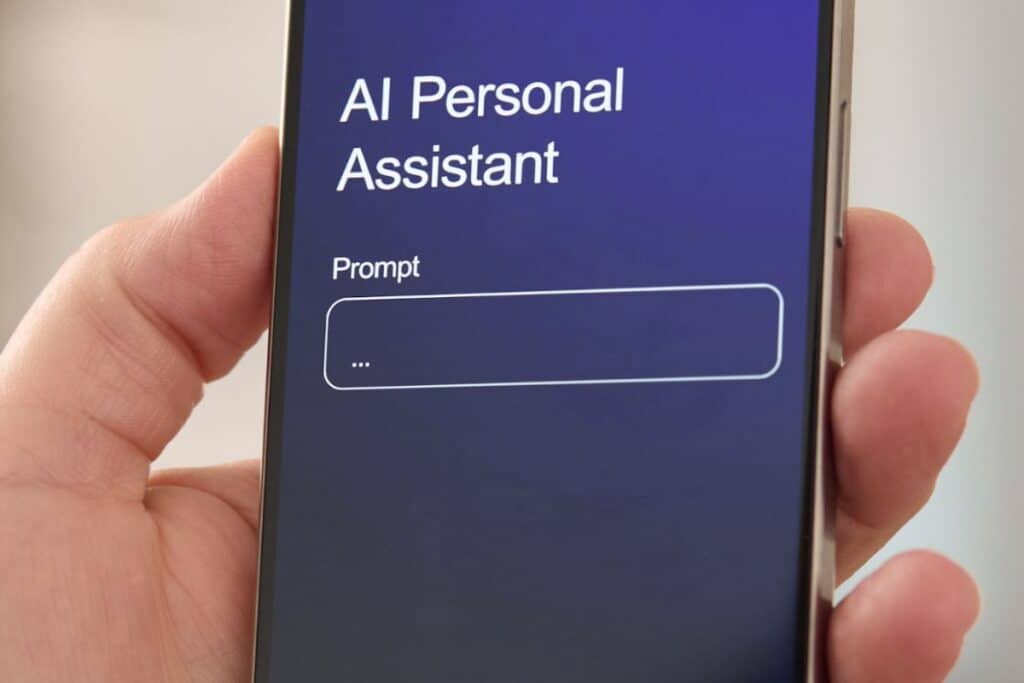
Before you can learn how to write a good ChatGPT prompt, you need to know what a prompt is in the first place.
To put it simply, a prompt in ChatGPT is the input you give to guide a response.
For example, a prompt can be a…


Never Worry About AI Detecting Your Texts Again. Undetectable AI Can Help You:
- Make your AI assisted writing appear human-like.
- Bypass all major AI detection tools with just one click.
- Use AI safely and confidently in school and work.
- Question, like “Can you help me make this sentence more engaging?”
- Instructions, like “Please make this sentence more engaging.”
- Statement, like “That sentence is not engaging enough.”
Prompts can be as basic or complex as you want them to be.
- A basic prompt could be… “rewrite this sentence so it’s more engaging.”
- A more complex prompt could be… “rewrite this sentence in a friendlier, more casual tone, imagine you’re speaking to a recent college graduate.”
Both prompts will give you an output. But the output from the second prompt is much better and will deliver a more specific response.
The best approach to prompting is to imagine ChatGPT as an enthusiastic assistant or intern.
Someone who, with direct guidance, can help you come up with new ideas and be more productive.
The Role of Context in AI Outputs
Good prompting is all about giving ChatGPT plenty of context so it can give you a response that’s closest to what you’re looking for.
Here are a few different ways you can give ChatGPT some context:
- Share the purpose of your task. What’s the end goal?
- Let ChatGPT know the format you’d like the output to be in. Are you writing an article? A social media post? Do you need headings or bullet points?
- Give some guidance on tone. Should the output be professional? Casual? Persuasive? Funny?
- Add some details. Are there any relevant facts, examples, or keywords that need to be included?
- Set some boundaries. Do you have any banned words? What’s the word count? Do you want it to avoid mentioning any brand names or competitors?
Without enough context, ChatGPT will make assumptions, and those assumptions may not always match what you’re looking for.
System Instructions vs User Prompts
To really get the most out of ChatGPT, it’s absolutely essential to understand the difference between system instructions and user prompts.
The easiest way to distinguish between the two is:
- System instructions set the rules
- User prompts are the specific inputs
System instructions set the overall behavior, tone, and boundaries for the entire conversation you have with ChatGPT.
Or, if you’re setting up your own GPT, the instructions set the boundaries for how that GPT behaves.
User prompts, on the other hand, are the specific inputs you give throughout your conversation with ChatGPT.
These are the actual requests, and they work within the framework set by the system instructions.
Knowing how to adjust the system instructions is helpful if your output starts to feel inconsistent.
By defining that system (or putting the rules into place) before you start working through a chat, you’ll get results that are more consistent with what you’re looking for.
Basic Prompting Techniques

You do not need to be a tech guru or AI expert to write effective prompts.
If you’ve ever told someone what to do, you’ve got all the experience you need to write an effective prompt.
The principles of good prompting are very similar to what you’d find in a leadership book about getting the most out of your staff, with the most basic techniques being to:
- Be as specific as possible. The more detail you give, the better your output will be.
- Provide plenty of examples. Giving examples helps ChatGPT match the tone, style, and structure of what you’re looking for.
- Break complex requests into steps. Key instructions can get lost if there’s too much information for ChatGPT to process. Walk through your requests step by step, especially for complex tasks.
In short, the quality of the output you get is only as good as the quality of your prompt.
Using Examples to Guide Tone or Output
One of the easiest ways to help ChatGPT “get it right” is by showing it exactly what you want with examples.
Examples work well because AI models love patterns. Even an example that’s only a few words (such as a headline) is enough of a guide for ChatGPT to generate similar headlines.
When you give ChatGPT your examples, make sure those examples match the format, tone, and level of detail you’re looking for.
And the more examples you give, the better equipped ChatGPT is to give you a quality output.
Once you have your go-to prompts, it’s worth tweaking them over time to make sure they continue to work for you.
A great way to get some ideas for this is with our Ask AI tool, which can test or analyze your current prompting strategies and suggest improvements.
Advanced Prompting Strategies
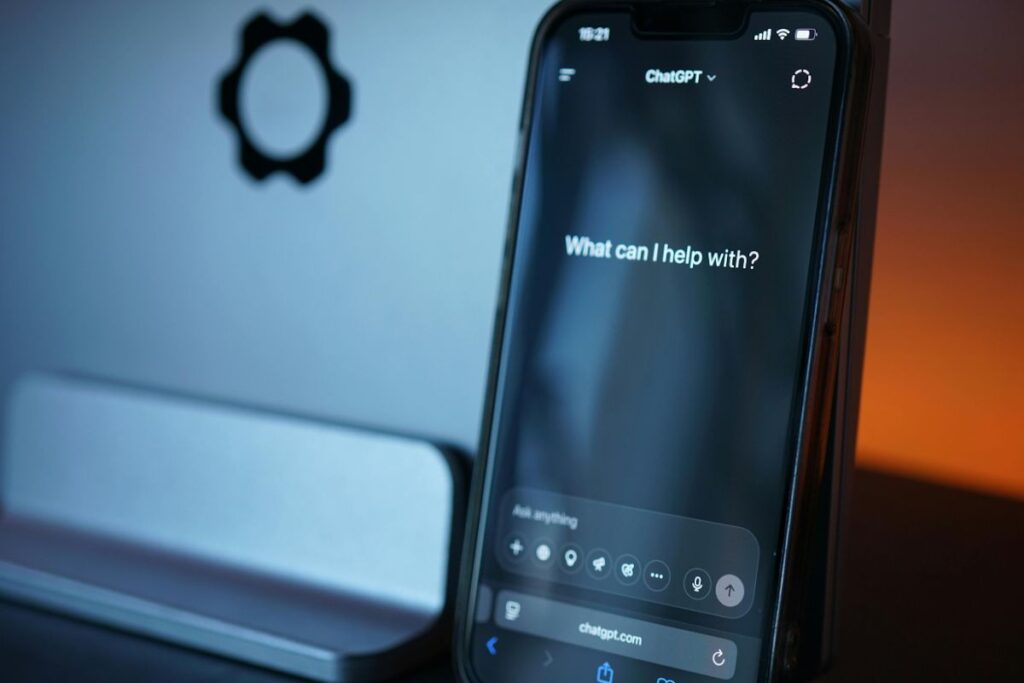
Okay, so you’ve mastered the basics of prompting.
So what’s next? Advanced prompting strategies.
The following strategies are essential if you want to learn how to prompt ChatGPT to write like a human, as they give you even more creative control over ChatGPT.
- Role Assignment. Tell GPT to take on a specific role before you start asking questions. For example, you could tell it to be a travel agent, a fitness expert, or a Gen Z student.
- Multi-step instructions. Break down complex tasks into multiple stages so that it doesn’t skip important details.
- Conditional prompts. Guide ChatGPT to respond differently depending on different criteria. For example, you can tell ChatGPT to summarize an output into one sentence if the output is more than 100 words.
- Creative Constraints. Give ChatGPT some limitations to get a more interesting response. For example, you could tell ChatGPT to explain quantum physics in the style of a children’s bedtime story.
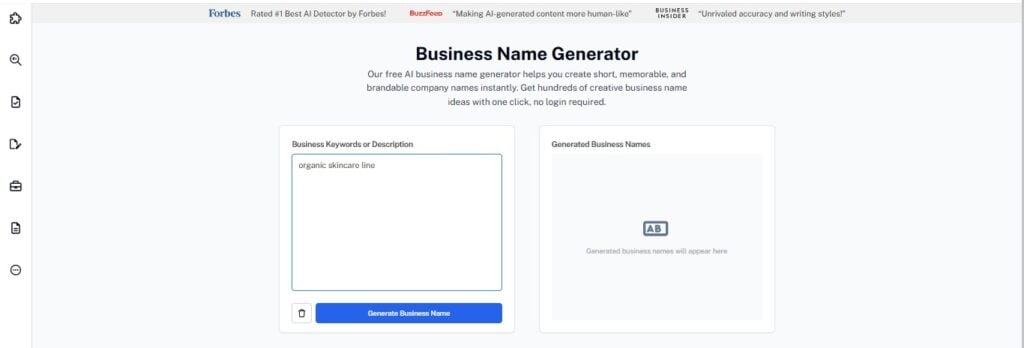
Building a prompt-based service or launching your own GPT? Our Undetectable AI’s Business Name Generator helps you create unique, on-brand names that capture your product’s purpose and personality.
The goal here is to steer AI in a specific direction. ChatGPT can’t read your mind.
You’ve got to steer it to get close to what you want.
Prompt Structures That Work Well
Even though being creative with your prompts is still important, it’s also helpful to use proven prompt formulas as a base structure.
Here are a few different prompt structures and an example of how they work.
| ChatGPT Prompt Structures + Examples | ||
| Prompt Type | Structure | Example |
| Perform a task | Role + Task + Context + Constraints | You are a dance instructor. Write a 1,000-word blog post about the best ballet shoes to purchase online. Focus only on major brands that ship to the US and UK. |
| Step-by-step process | Explain [topic] in [number] steps. Each step should include [specific details] | Explain how to purchase and set up a food truck in 7 steps. Each step should include practical tips and estimated costs. |
| Ask a question | Answer the following question: [your question]. Provide the answer in [desired format]. | Answer the following question: What’s the difference between a haiku and a limerick? Provide the answer in a carousel-style social media post. |
| Solve a problem | I’m facing [problem]. My goal is [goal]. Please provide [solution], with [specific constraints]. | I’m facing writer’s block for my book. My goal is to write 10,000 words per week. Please provide some productivity tips to help me write more this week. |
You can really spend a lot of time tweaking your prompts to get them exactly right.
A good tool for this is our own AI Chat, which can help you generate optimized prompts so you can get exactly what you want out of ChatGPT.
Here’s an example below of how we asked AI Chat to come up with some prompts for writing a cookbook.
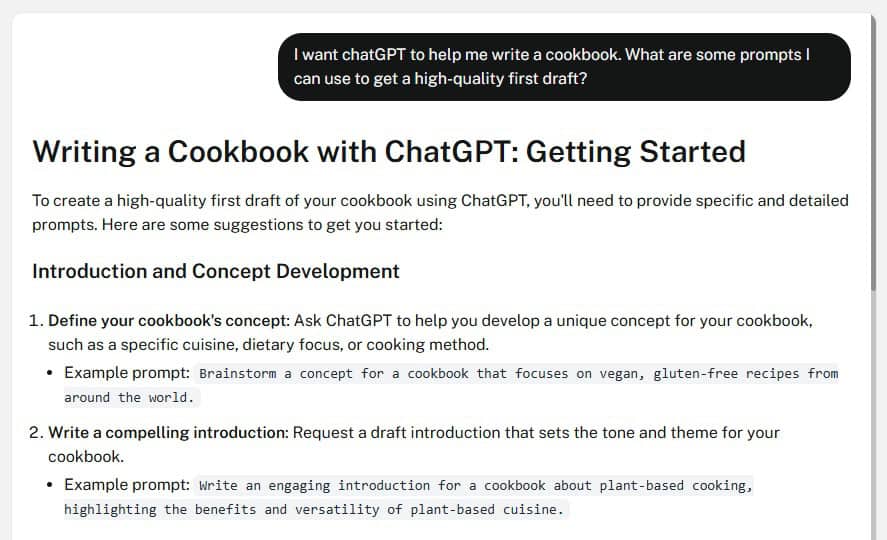
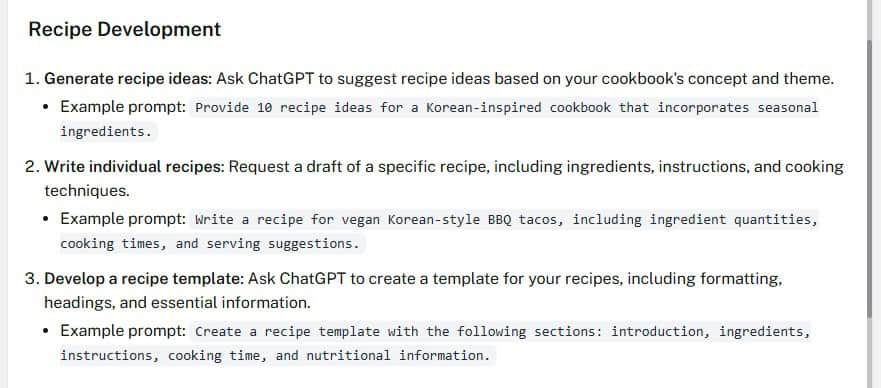
Prompting for Different Output Types
A great prompt for a blog post won’t necessarily work for a screenplay, ebook, or social media ad.
Here are three examples of how you can adapt your prompt approach to match the type of output you’re looking for.
| How to Adapt Your Prompt for Different Output Types | ||
| Type of Output | Tips | |
| Long-form content (blogs, essays, and articles). | Include a clear structure.Specify the length and depth of the content.Mention the tone and audience. | |
| Short-form content (ads, social media posts, and headlines). | Set parameters on word count and character limits.Let ChatGPT know the emotional response or mood you’re looking for. Request multiple variations for A/B testing. | |
| Creative writing (stories, poems, and scripts) | Set the scene with information on genre, mood, and setting.Add creative constraints, such as word count, point of view, and imagery.Define the pacing, such as slow and descriptive or fast and action-packed. | |
It’s also worth thinking about how you can adapt your prompts to be industry-specific.
For example, prompting as an elementary teacher is much different from prompting as a software engineer.
And, if you work in marketing or SEO, Semrush has put together a list of prompts helpful for your line of work.
Examples of Strong vs Weak Prompts
Still struggling to get a feel for how to write a ChatGPT prompt? Sometimes seeing a weak prompt next to a strong prompt can make everything click!
Here are a few examples.
| Strong Prompts vs Weak Prompts for ChatGPT | ||
| Task | Weak Prompt | Strong Prompt |
| Writing a blog | Write a blog about healthy snack swaps. | Write a 1,200-word blog post on healthy snack swaps for first-time moms. Include an engaging introduction, five actionable steps, and a conclusion with a CTA. Use a friendly and conversational tone. |
| Writing a social media post | Write an Instagram post about living in Amsterdam as an expat. | Write a carousel-style post with relatable impressions and thoughts about living in Amsterdam as an American expat. Include a caption that includes a thought-provoking question. |
| Conducting research | Write a research report about climate change. | Provide a summary of the latest research on climate change and how it impacts coastal cities in the USA. Include 3 reputable sources and keep the entire report under 1,000 words. |
Remember: strong prompts are clear and specific; weak prompts are vague and leave lots of room for guesswork.
Start exploring—our AI Detector and Humanizer are waiting in the widget below!
FAQs About Prompting ChatGPT
What’s the Best Prompt to Start With?
There is no single “perfect” first prompt to start with when you start using ChatGPT.
It really depends on your goal. For basic tasks, the Role + Task + Context + Constraints formula is a great starting point and lets you get a feel for how ChatGPT speaks about your topic.
How Do I Get ChatGPT to Remember My Tone?
ChatGPT cannot “remember” your preferred tone across separate conversations.
If you’re using the basic ChatGPT, you’ll need to set the tone each time you start a new conversation.
Can I Give ChatGPT a Document or Data?
Yes. You can paste text, data tables, and excerpts directly into the ChatGPT chat as part of your prompt. You can also share links to webpages.
What’s the process for how to prompt ChatGPT to write a resume?
If you need to write a resume, start by feeding ChatGPT information about your professional and academic experience.
Next, use the following prompt:
Write a professional resume for a [the role you’re looking for] applying at a [specific characteristic about the type of company you’re applying to]. Highlight my experience with [list specific skills and experiences].
Final Thoughts
With time and a little practice, you’ll soon get the hang of prompting ChatGPT. It really is a skill you can develop.
The best approach to learning how to use ChatGPT is not to think of it as memorizing lots of prompts and formulas.
Instead, think of ChatGPT as a sidekick you have to guide with clarity, context, and a sprinkle of creativity.
And with Undetectable AI’s Ask AI and AI Chat, you can sharpen your skills, get tailored guidance, and refine prompts that actually deliver results.
Master prompting with the right tools—try Undetectable AI today.
